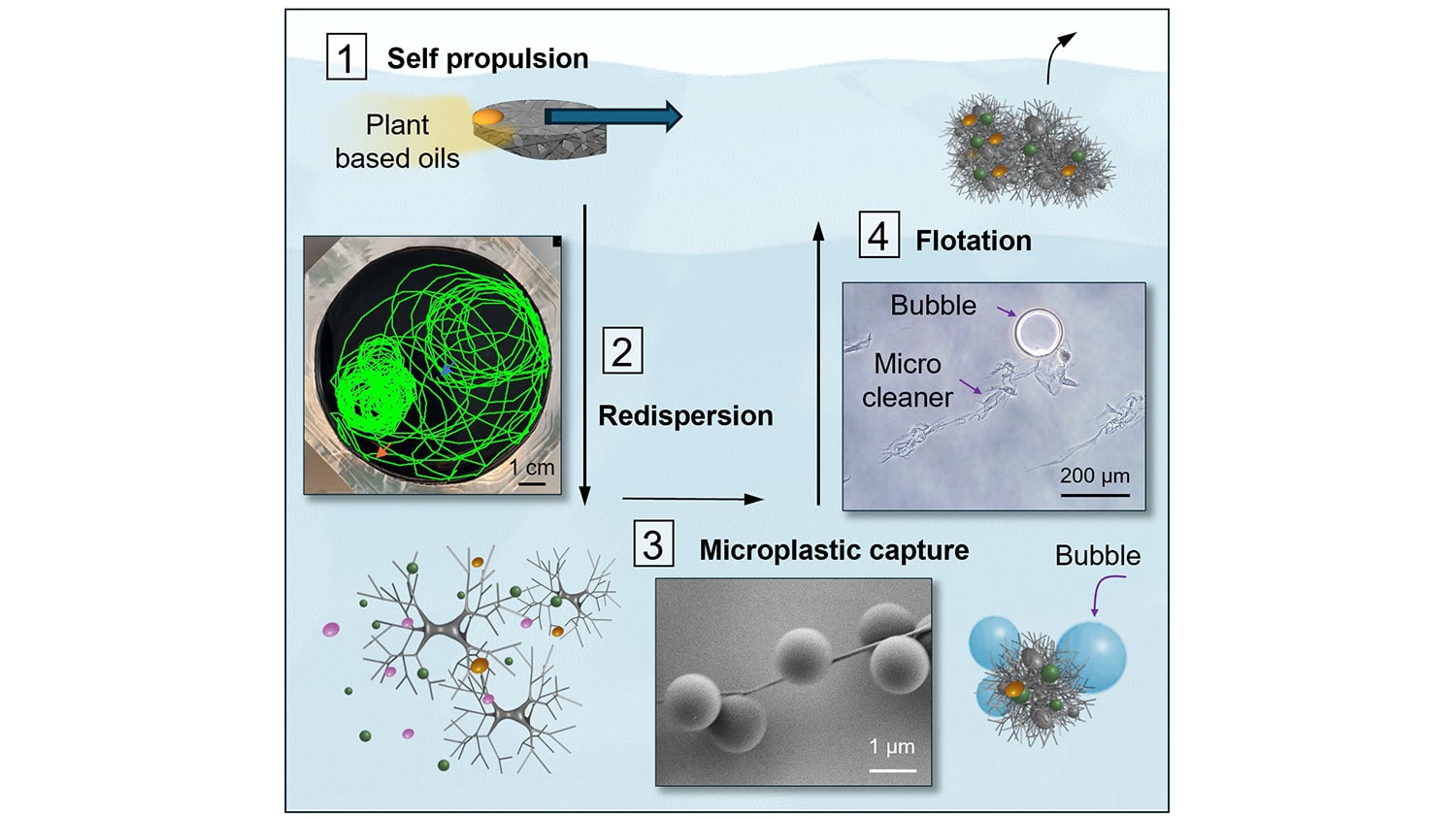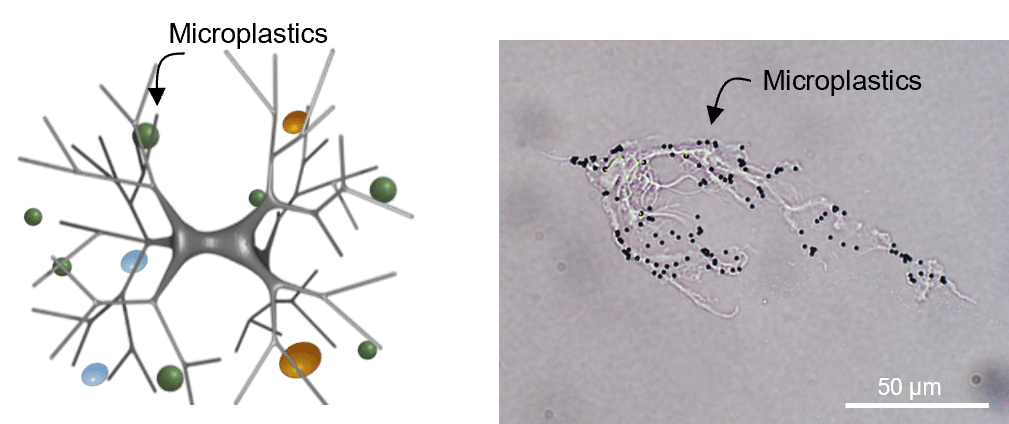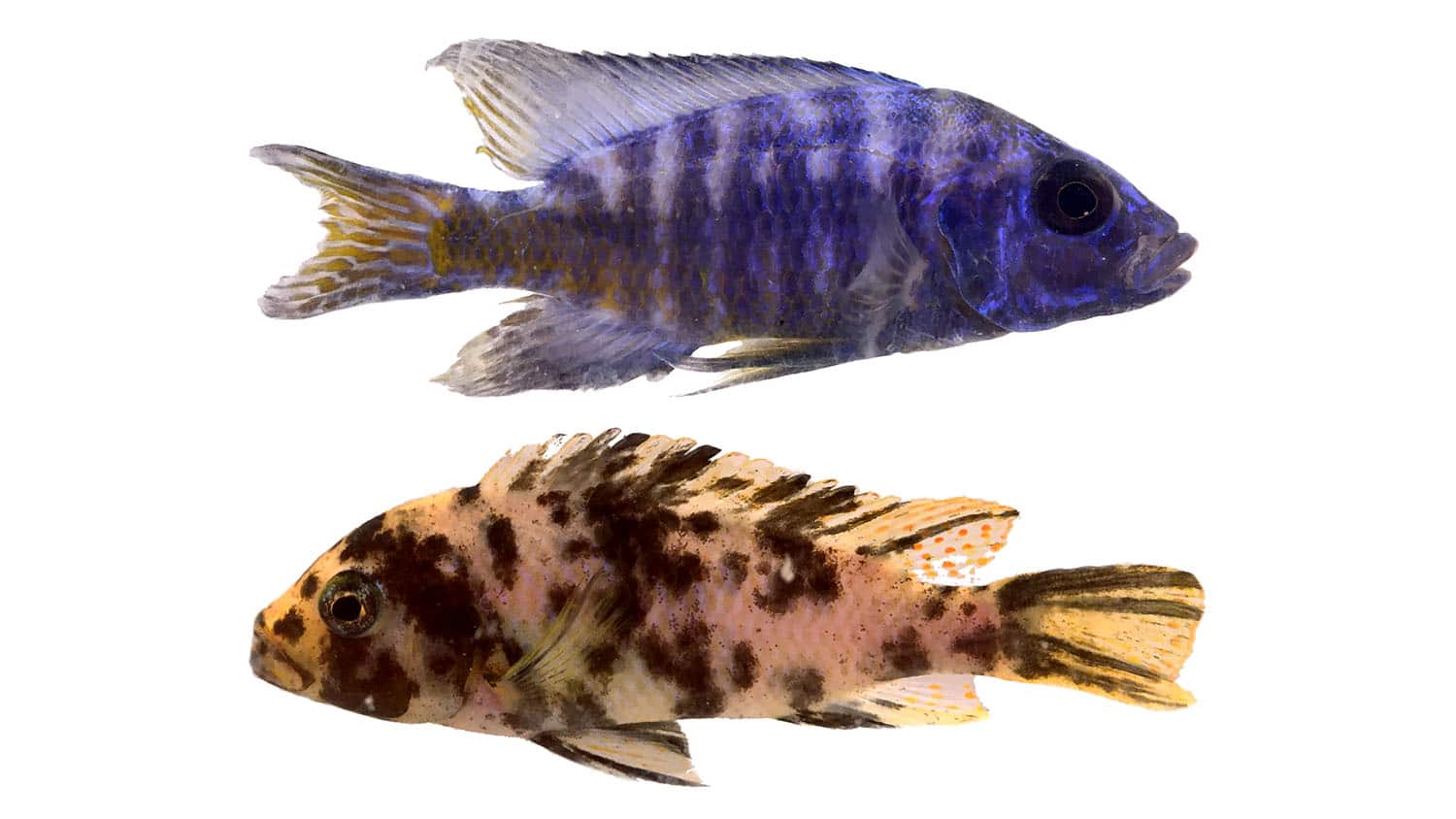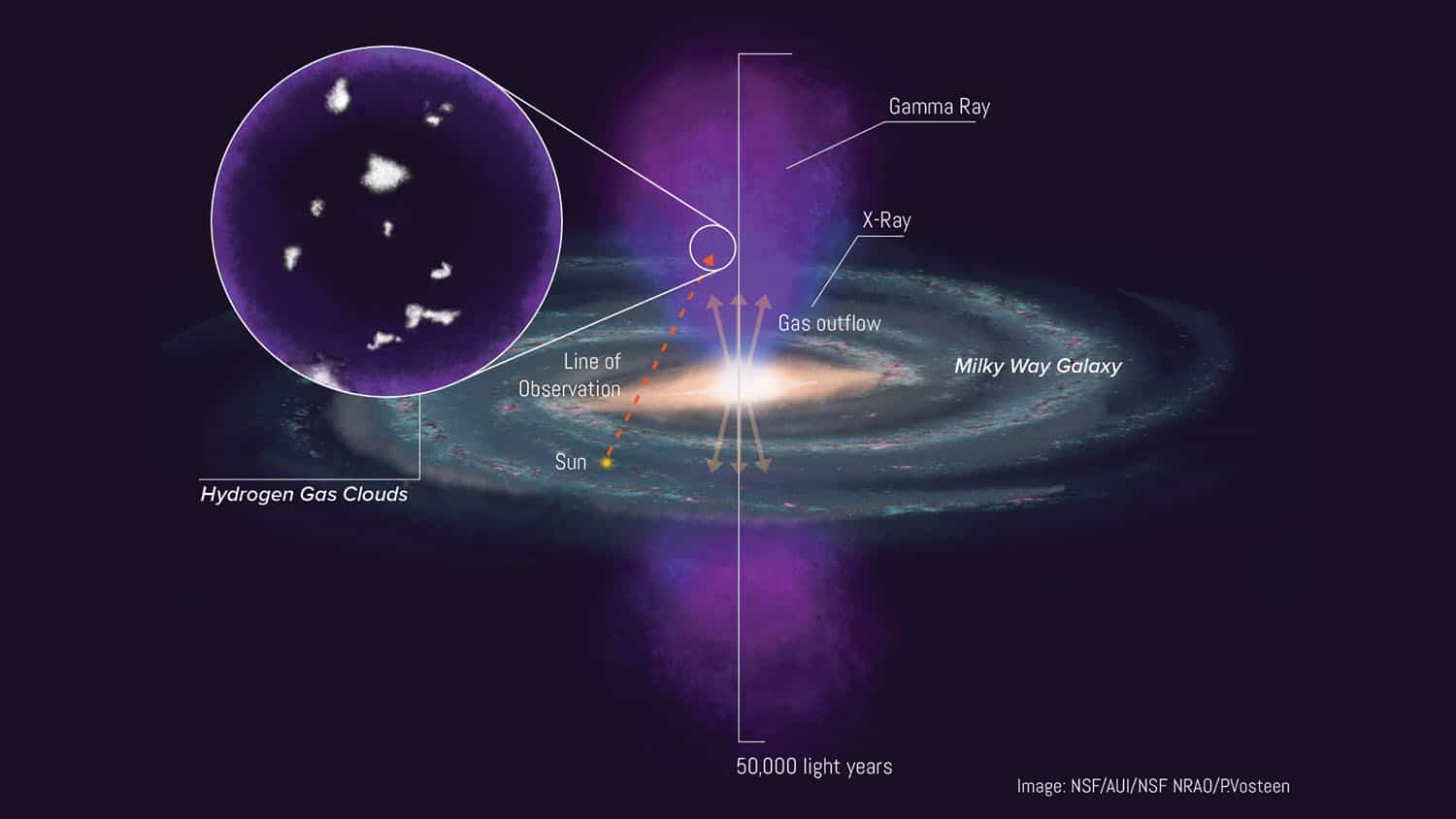New Water Microcleaners Self-Disperse, Capture Microplastics and Float Up for Removal

For Immediate Release
In a new paper, researchers at North Carolina State University show proof of concept for a system that, in a single cycle, actively removes microplastics from water.
The findings, described in the journal Advanced Functional Materials, hold the potential for advances in cleansing oceans and other bodies of water of tiny plastics that may harm human health and the environment.
“The idea behind this work is: Can we make the cleaning materials in the form of soft particles that self-disperse in water, capture microplastics as they sink, and then return to the surface with the captured microplastic contaminants?” said Orlin Velev, the S. Frank and Doris Culberson Distinguished Professor of Chemical and Biomolecular Engineering at NC State and corresponding author of the paper.
“We demonstrated how multiple principles can be integrated into a system that works in a single cycle.”
The research starts with soft dendritic colloids – unique, hierarchically-branched soft particles with distinct properties such as the ability to stick to just about any surface – which can be created from a variety of polymers.
Velev and Ph.D. student Haeleen Hong, the paper’s first author, say these particles’ sticky nature can attract microplastics and grab them – even in wet and salty conditions, like ocean water.

“The cleansing particles in this research are made from chitosan, a biodegradable polymer originating from chitin, which comes from processed shellfish waste,” Velev said. He adds that using environmentally safe materials that already come from the sea makes the process more sustainable.
Soft dendritic colloids take the shape of small pellets when dried in droplets suspended over a water-repellent surface. When dropped into water, particles in the pellets separate and spread out to hunt microplastics. But first the researchers infuse a bit of eugenol, a plant-based oil, on one section of the pellet as a dispersant.
“This oil makes the pellets move in the water by the so-called ‘camphor boat effect,’ decreasing the surface tension on one side of the pellet and driving it forward. This allows our microcleaners to spread out across a larger area, capturing microplastics as they move and descend,” Hong said.
To make the return trip to the water’s surface, the microcleaners also contain small particles of magnesium, which makes them bubble up and rise to the surface when reacting with water.
To delay this return trip, the researchers coat the magnesium with an environmentally safe gelatin layer that blocks the magnesium’s reaction with water. Essentially, thicker coats of the gelatin delay the particles from rising to the surface, allowing the microcleaners to pick up more microplastics as they swirl and descend in water.
“As the gelatin dissolves, the magnesium generates bubbles and the microcleaners rise, bringing the captured plastics particles to the surface in a dense, scummy mixture,” Hong said. The paper shows that the particles can “swim” and collect microplastics for up to 30 minutes. The microplastic-laden microcleaners that have floated up to the water surface can then be collected by skimming.
“Potentially, the collected scum can be bioprocessed into more chitosan, which can then be used to create more microcleaners in order to capture more microplastics,” Velev said. Scaling up the process will take further investigations, the researchers say.
Former NC State Ph.D. student Rachel Bang co-authored the paper, along with current NC State Ph.D. student Lucille Verster.
Funding by the National Science Foundation under grants EFMA-2029327, CMMI-2233399 and DMR-2243104 supported the research.
-kulikowski-
Note to editors: An abstract of the paper follows.
“Designing of self-dispersing soft dendritic microcleaners for microplastics capture and recovery”
Authors: Haeleen Hong, Rachel S. Bang, Lucille Verster and Orlin D. Velev, North Carolina State University
Published: March 25, 2025, in Advanced Functional Materials
DOI: 10.1002/adfm.202423494
Abstract: The recovery of persistent microplastics (MPs) from aquatic systems is a pressing environmental issue that is hard to address by conventional methods such as filtration or centrifugation. Strategies are investigated for the design of the self-dispersal and collection cycle of a class of active microcleaners comprising soft dendritic colloids (SDCs). The SDCs are made of chitosan and have a hierarchical fibrillar structure which enables adhesive collection of MP particles through van der Waals attraction. Wide-scale dispersion is achieved by agglomerating the SDCs into larger supraparticles, which self-propel on the water surface by the Marangoni effect driven by small amounts of organic oil. The cycle of propulsion, rehydration, and sinking enables efficient MP capture by the sedimenting SDCs. Further, magnesium hydrolysis reaction timed by encapsulation leads to vertical bubble propulsion and collection of the SDC-MPs aggregates on the surface. Overall, the results present a proof of concept of the potential of comprehensive MP cleanup methods based on sustainable self-dispersing microcleaners.


